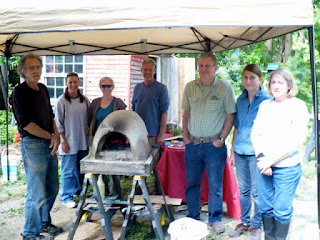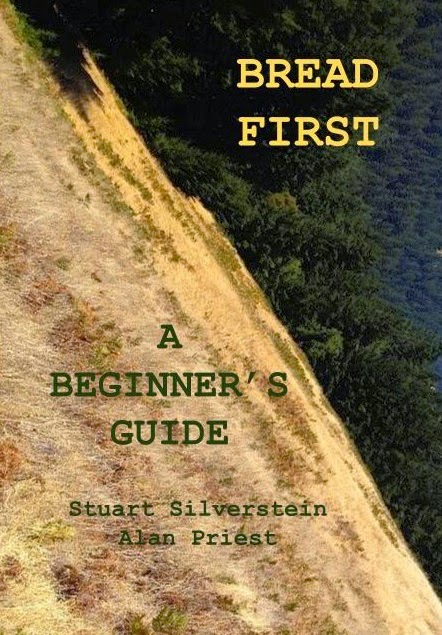I want to share a photo of an oven base that was constructed on 3/4" plywood, then perlite, with a 2"X4" framework. Although there was 3 1/2" of perlite insulation between the firebrick floor and the plywood, it
still burnt through. A hole was actually burnt through the plywood, and that's a very serious matter particularly if your oven is sitting on a wooden deck. As I said in my last post, it's best to avoid wooden bases unless your oven is very small and you've determined that there's no way it could burn through.
If you search the web for wood-fired ovens, you'll see lots that are built on wooden bases, but masonry or stone would be better choices.
Assuming you're still determined to build on a wooden base, instead of a 2"X4" framework, you could use a 2"X6", and that would give you lots more room for insulation.
Pour in the perlite insulation to about 1" from the top of the framework. For the last one inch, mix 6 parts perlite to 1 part Portland cement, and then add some water to the mix until the perlite clumps together. This would be your final layer of floor insulation, and the Portland cement will harden the perlite enough to provide a better footing for your floor bricks.
It's best to use as little Portland cement as possible because the cement will create thermal boulevards reducing the perlite's insulation value.
Burnt Out Oven Base








